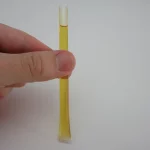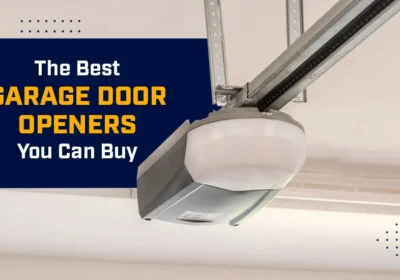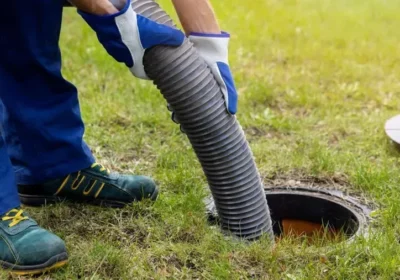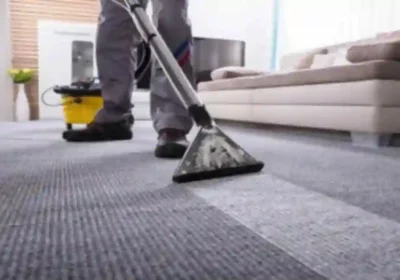How Do Touchless Soap Dispensers Work and Are They More Hygienic Compared to Manual Ones?
Touchless soap dispensers have become increasingly popular in recent years due to their convenience and hygiene. These dispensers use infrared technology to automatically dispense soap when a person’s hand is placed underneath the dispenser. This eliminates the need for people to touch the dispenser and helps to prevent the spread of germs and bacteria. In this article, we will discuss how touchless soap dispenser’s work and whether they are indeed more hygienic compared to manual soap dispensers.
How Touchless Soap Dispensers Work
Touchless soap dispensers work by using infrared technology. This technology works by emitting an infrared beam that is detected by a sensor in the dispenser. When a person’s hand is placed underneath the dispenser, the infrared beam is blocked and the sensor sends a signal to dispense soap. The amount of soap dispensed is usually adjustable, allowing the user to control how much soap they receive.
The dispenser is powered by batteries, making it easy to install in any location. It is also designed to be refillable, so the soap can be easily changed as needed. Some touchless soap dispensers also come with a lock to prevent tampering or theft.
The Benefits of Touchless Soap Dispensers
One of the biggest benefits of touchless soap dispensers is their convenience. People no longer have to touch the dispenser to get soap, which eliminates the need to touch a potentially dirty surface. This makes it easier for people to wash their hands and maintain good hygiene.
Another benefit of touchless soap dispensers is their ability to prevent the spread of germs and bacteria. By eliminating the need to touch the dispenser, people are less likely to pick up germs and bacteria on their hands. This makes touchless soap dispensers ideal for use in public restrooms, hospitals, schools, and other areas where hygiene is a concern.
Touchless soap dispensers also help to conserve soap. The adjustable dispensing amount means that people can control how much soap they receive, reducing waste. Additionally, touchless soap dispensers are less likely to be vandalized or tampered with, as they are not easily accessible.
Are Touchless Soap Dispensers More Hygienic Than Manual Ones?
The answer to this question is yes. Touchless soap dispensers are indeed more hygienic than manual soap dispensers. The primary reason for this is that touchless dispensers eliminate the need for people to touch the dispenser, which reduces the risk of picking up germs and bacteria. This is especially important in public restrooms, schools, hospitals, and other areas where hygiene is a concern.
Another factor that makes touchless soap dispensers more hygienic is that they are designed to be refillable. This means that the soap can be easily changed as needed, which helps to prevent the buildup of germs and bacteria. Some touchless soap dispensers also come with a lock to prevent tampering or theft, which adds an extra layer of protection against germs and bacteria.
It is important to note that touchless soap dispenser for kitchen still require regular cleaning and maintenance to ensure that they are hygienic. It is recommended to clean the dispenser on a regular basis to prevent the buildup of germs and bacteria. This can be done using a mild soap and water solution or a disinfectant.
Conclusion
In conclusion, touchless soap dispensers are a convenient and hygienic option for hand washing. They eliminate the need to touch the dispenser, which helps to prevent the spread of germs and bacteria. Touchless soap dispensers are also designed to be refillable and come with a lock to prevent tampering or theft.
Details news here https://www.newsbillions.com










